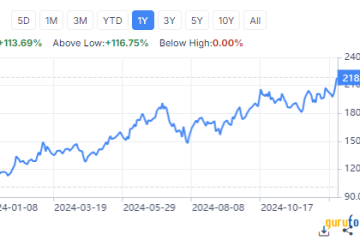Bangladesh: Emerging as a Key Player in South Asia

Introduction
Bangladesh, a nation of over 160 million people, is increasingly becoming a focal point in South Asia due to its rapid economic growth and resilience in the face of various challenges. As one of the world’s most densely populated countries, its progress is not only significant for its citizens but impactful for the region and beyond.
Economic Growth and Development
In recent years, Bangladesh’s economy has showcased remarkable growth, with the World Bank projecting a GDP growth rate of around 6% for 2023. This growth has largely been fueled by the garment sector, which constitutes 80% of the country’s export earnings. The nation has been shifting towards an export-oriented economy, and its textile industry is making headway as one of the largest in the world.
Furthermore, various multinational corporations have started investing in Bangladesh, attracted by its young labor force and favorable economic policies. The government has also initiated several development programs aimed at reducing poverty and improving infrastructure, which are crucial for sustaining economic progress.
Challenges Faced
Despite the positive developments, Bangladesh faces significant challenges. The country is particularly vulnerable to climate change, experiencing frequent floods and cyclones that threaten both human life and economic stability. Additionally, political challenges such as corruption and governance issues continue to hinder progress. Human rights organizations have raised concerns about freedom of expression and political suppression, which could jeopardize the democratic fabric of the nation.
Social Advancements
On a societal level, Bangladesh has made noteworthy advancements, particularly in education and healthcare. Initiatives aimed at increasing female literacy and workforce participation have been gaining momentum. The Bangladesh government has made strides in improving maternal and child health, as evidenced by lower infant mortality rates and increased access to healthcare services.
Conclusion
In summary, Bangladesh stands at a pivotal moment in its history. The interplay of rapid economic growth against a backdrop of natural and political challenges will determine its trajectory in the years to come. Continued investment in infrastructure, education, and disaster resilience will be essential as Bangladesh aims to solidify its status as a leader in South Asia. As the nation navigates these challenges, it remains a country to watch, promising both opportunities and lessons in development for the global community.









